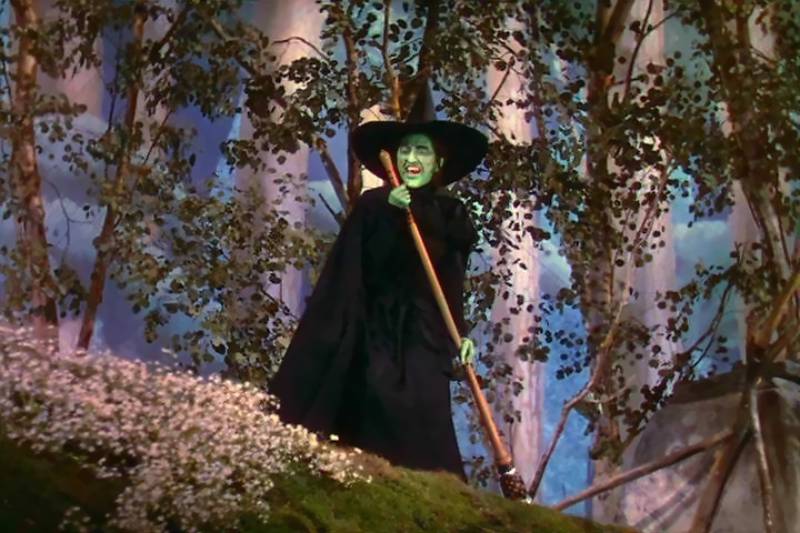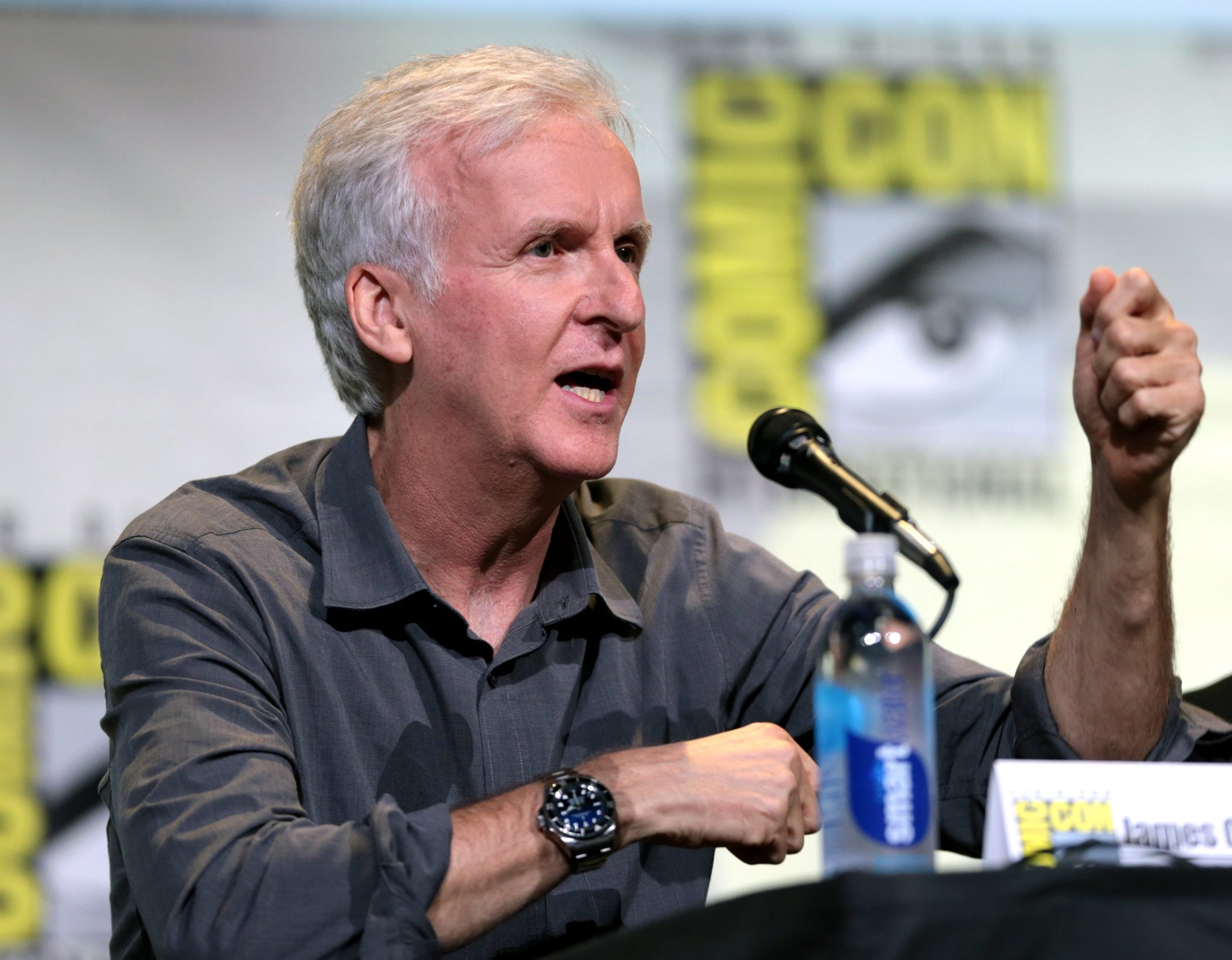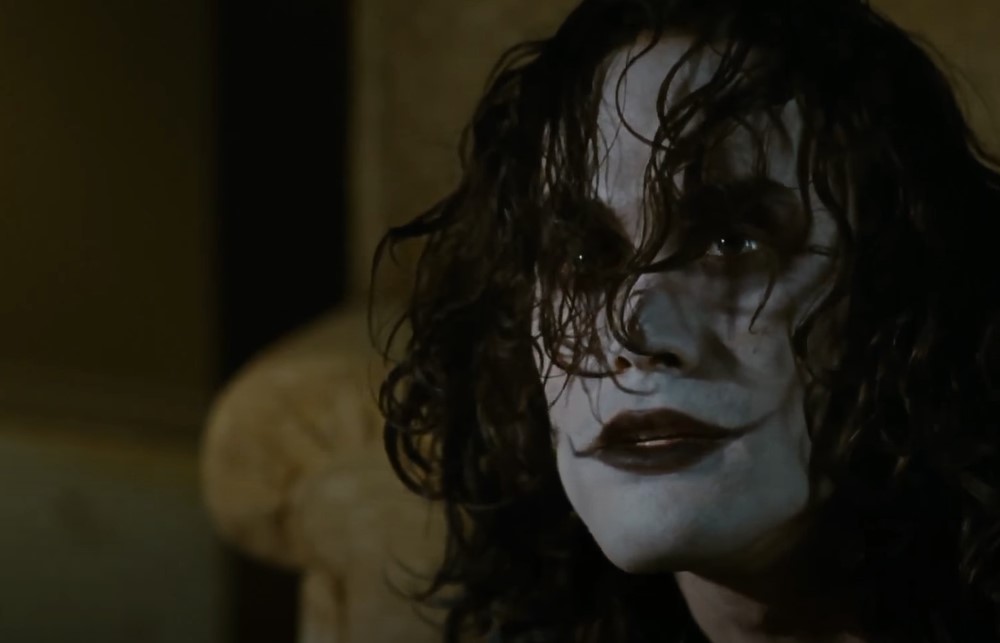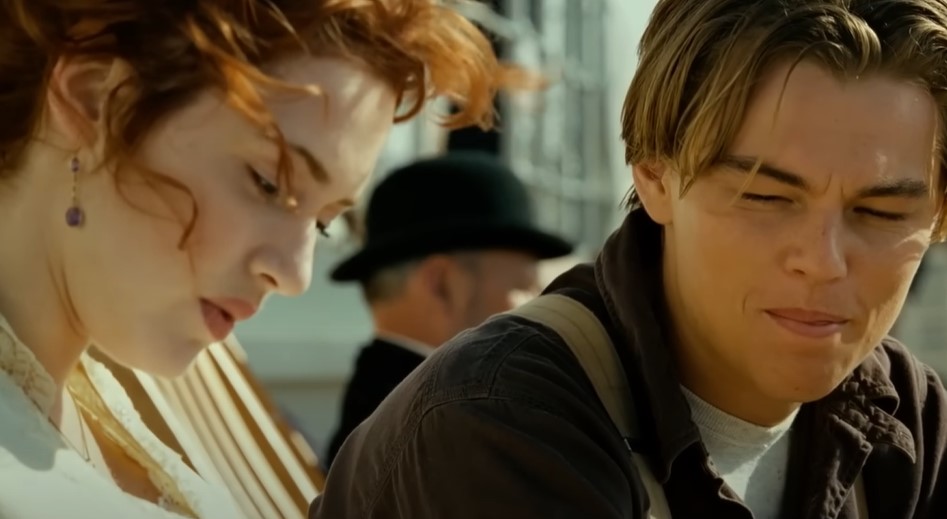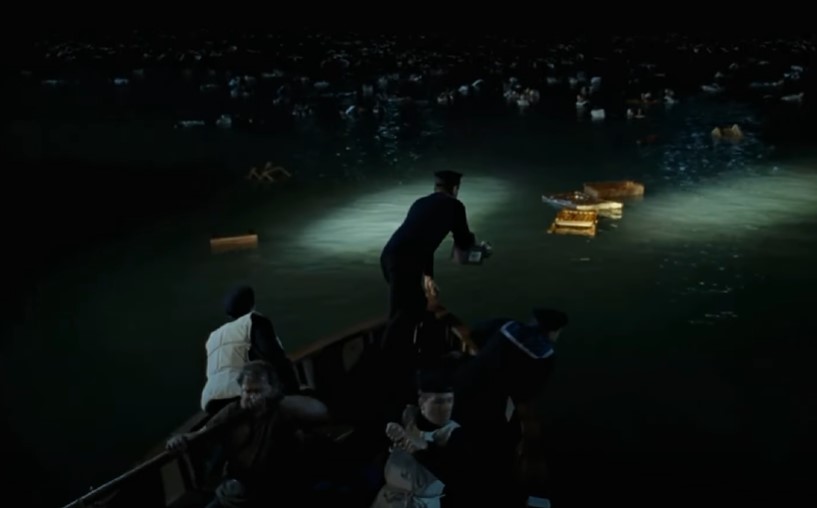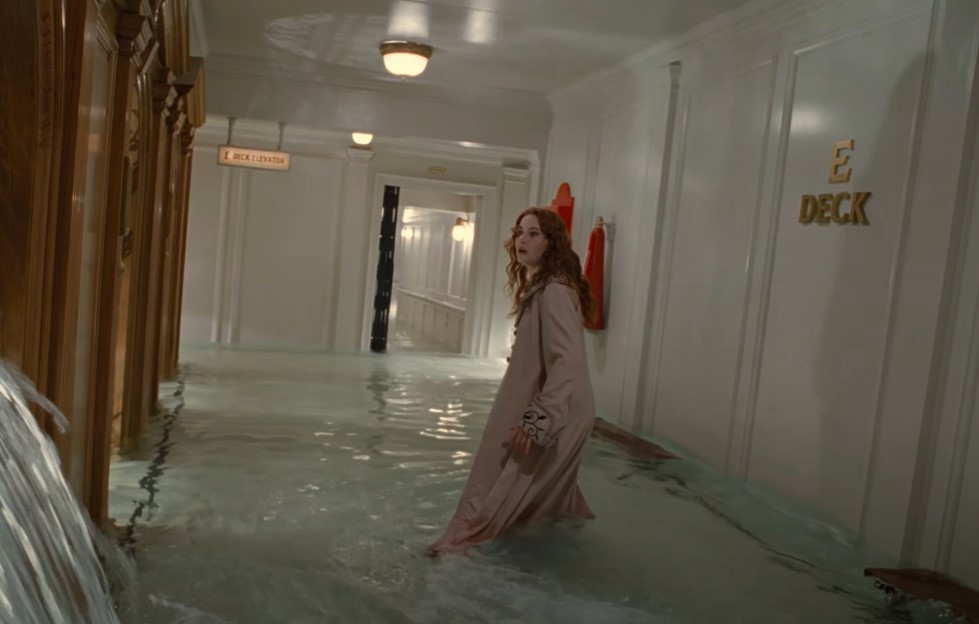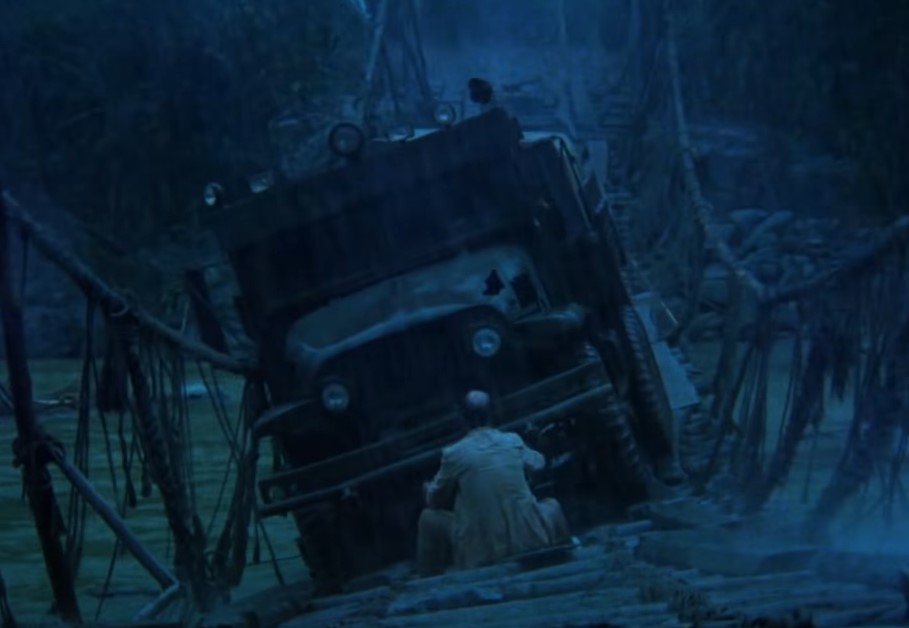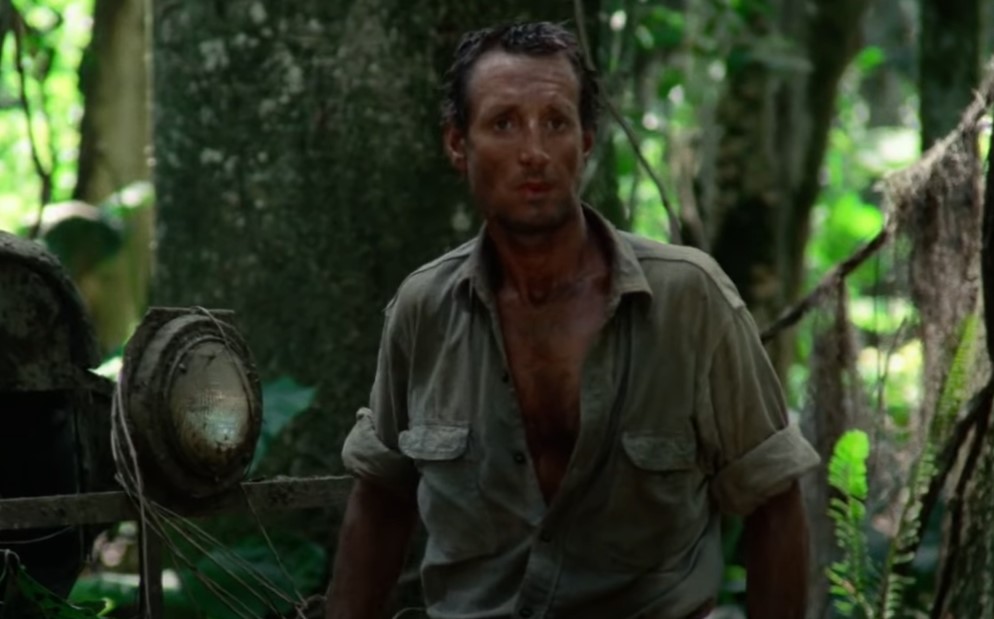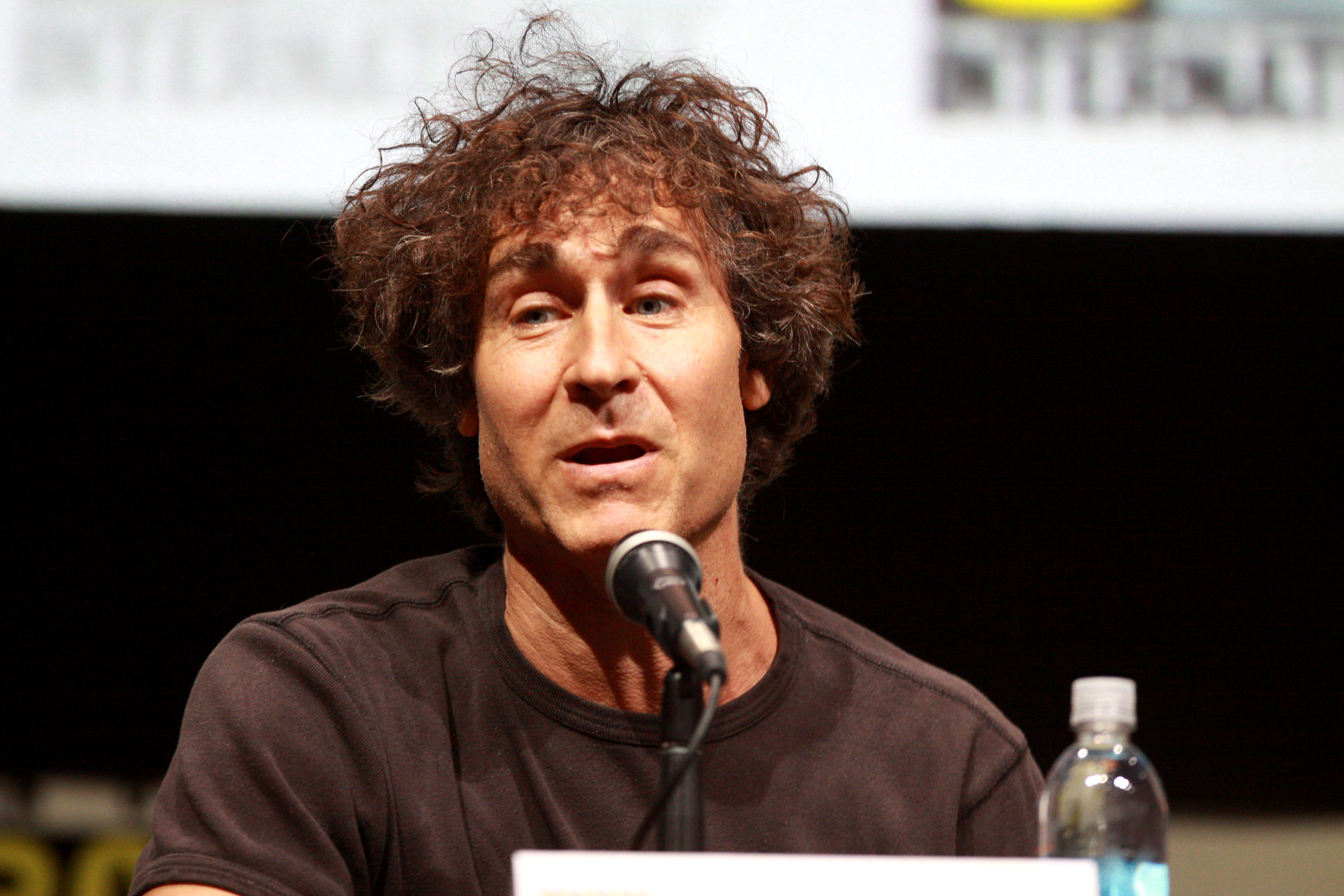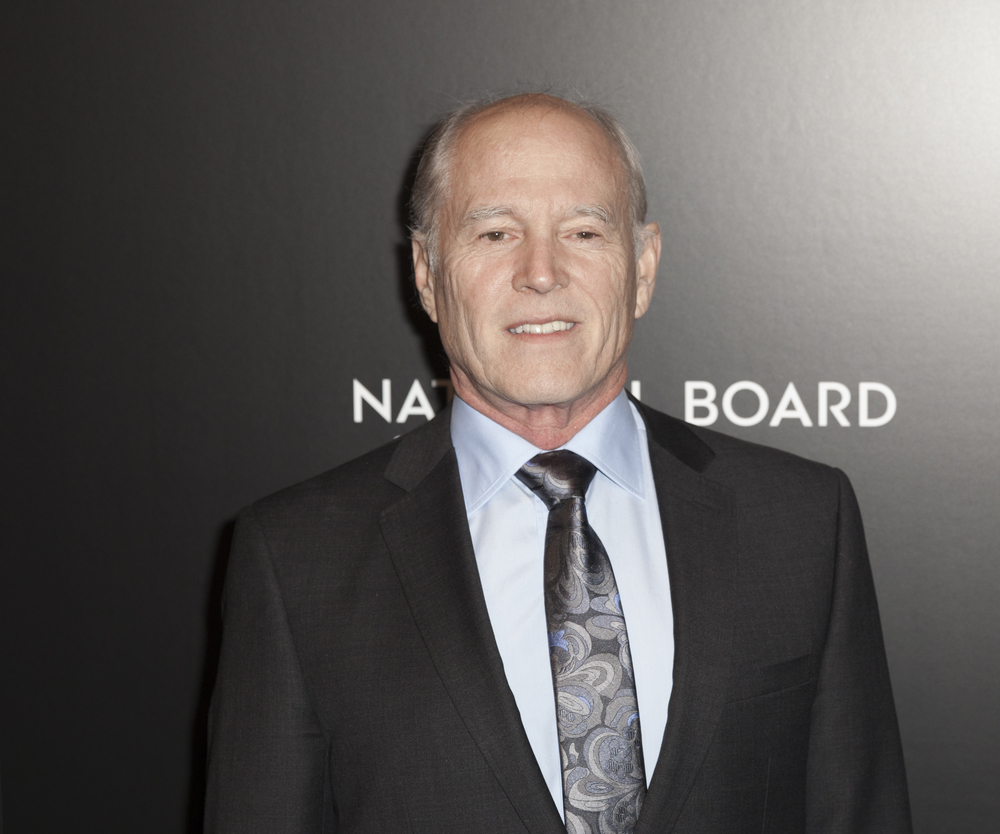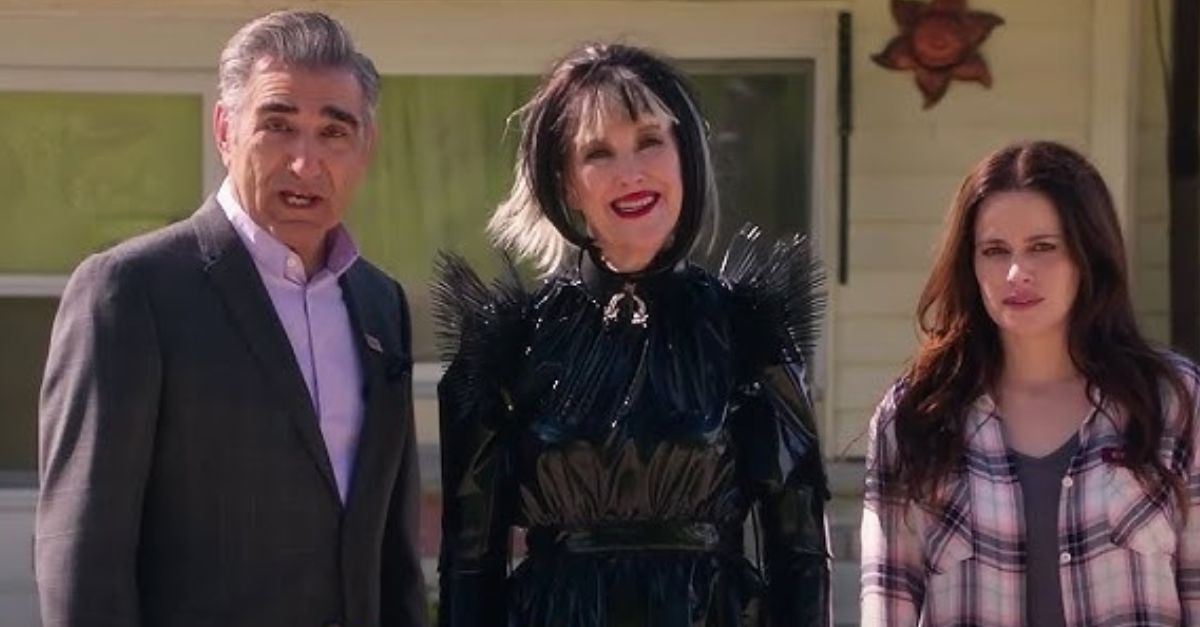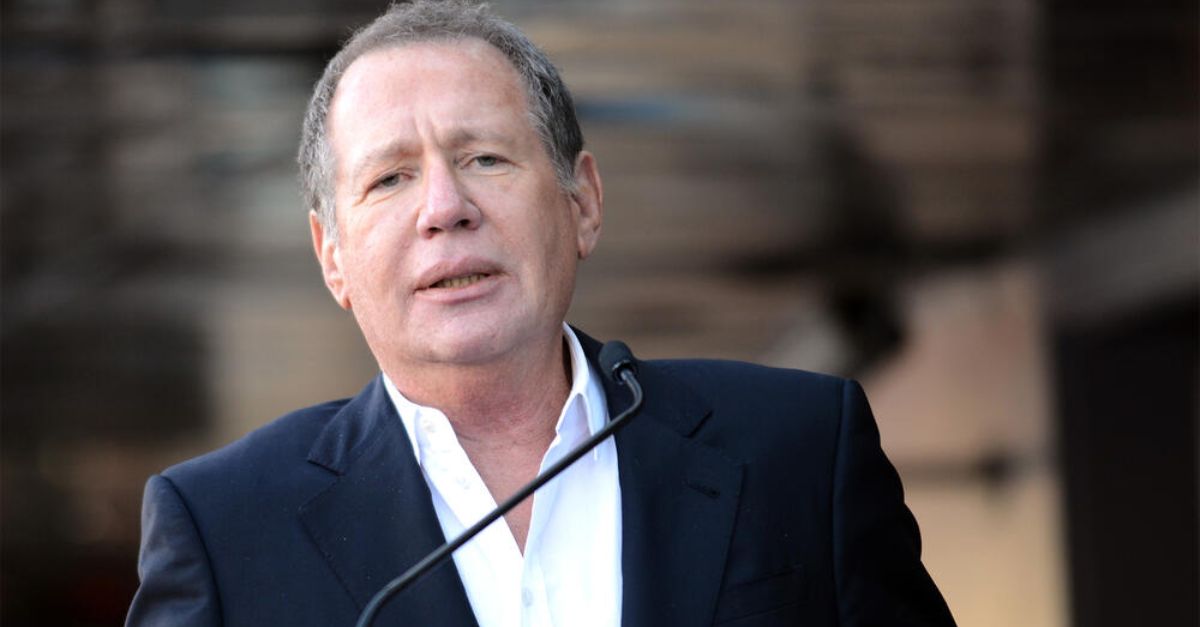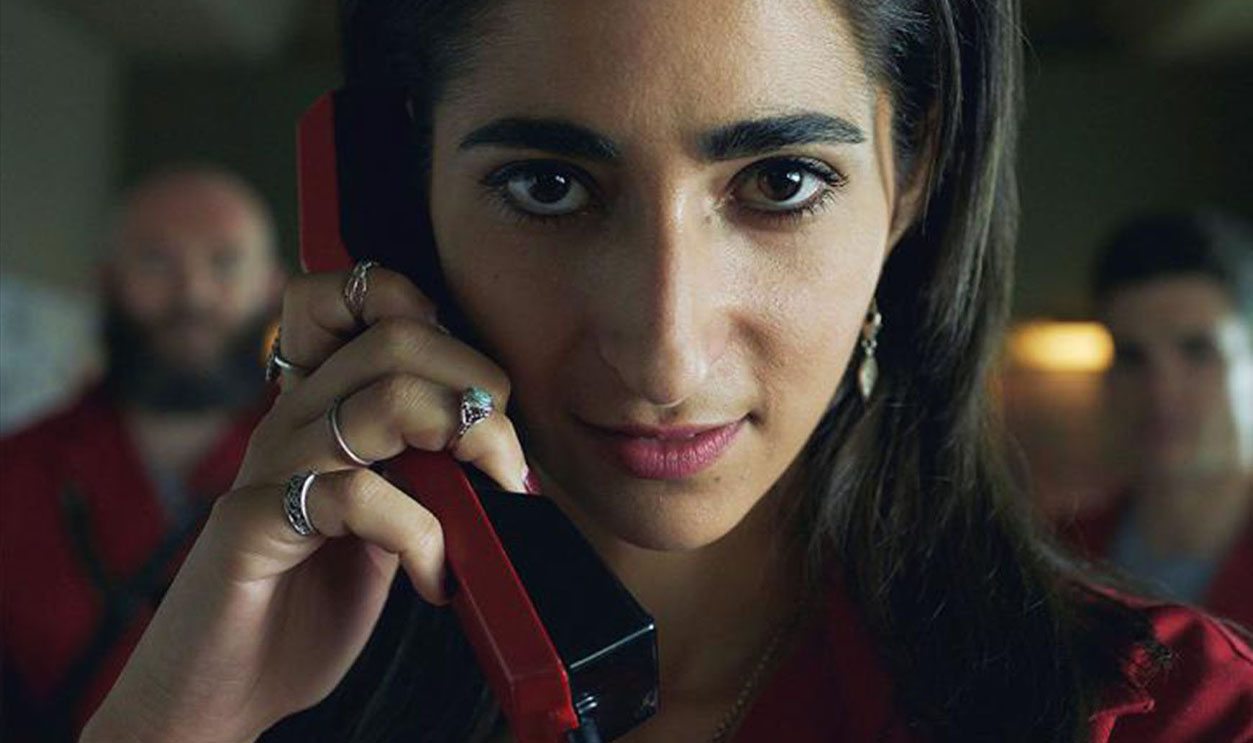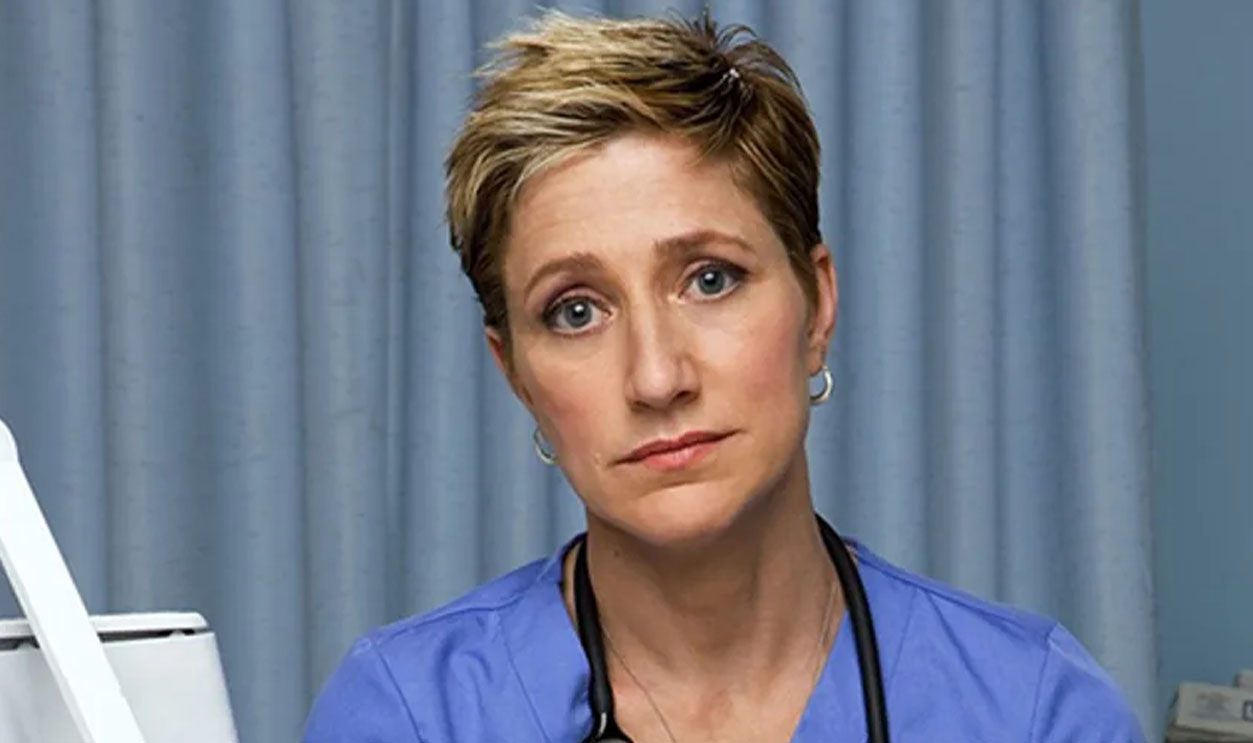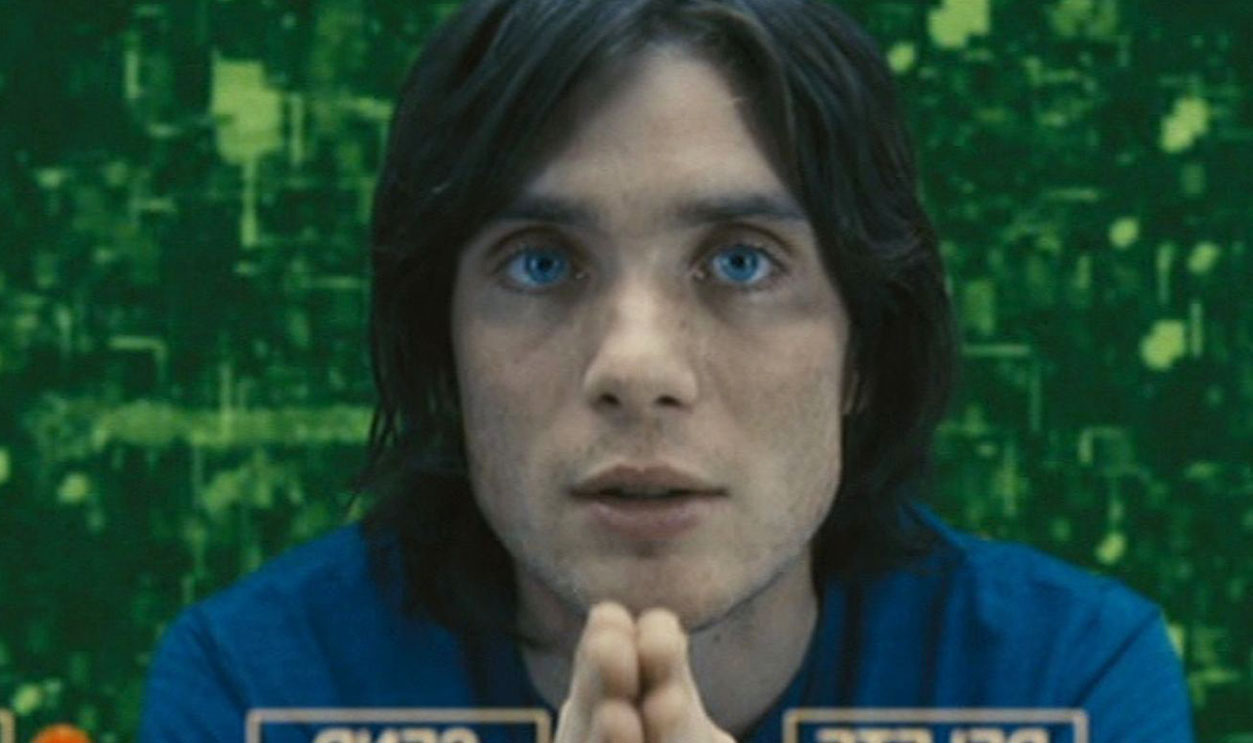Hollywood Is No Fairy Tale
From Toy Story 2 to Apocalypse Now to Titanic, some of the greatest films of all time have been behind-the-scenes disasters.
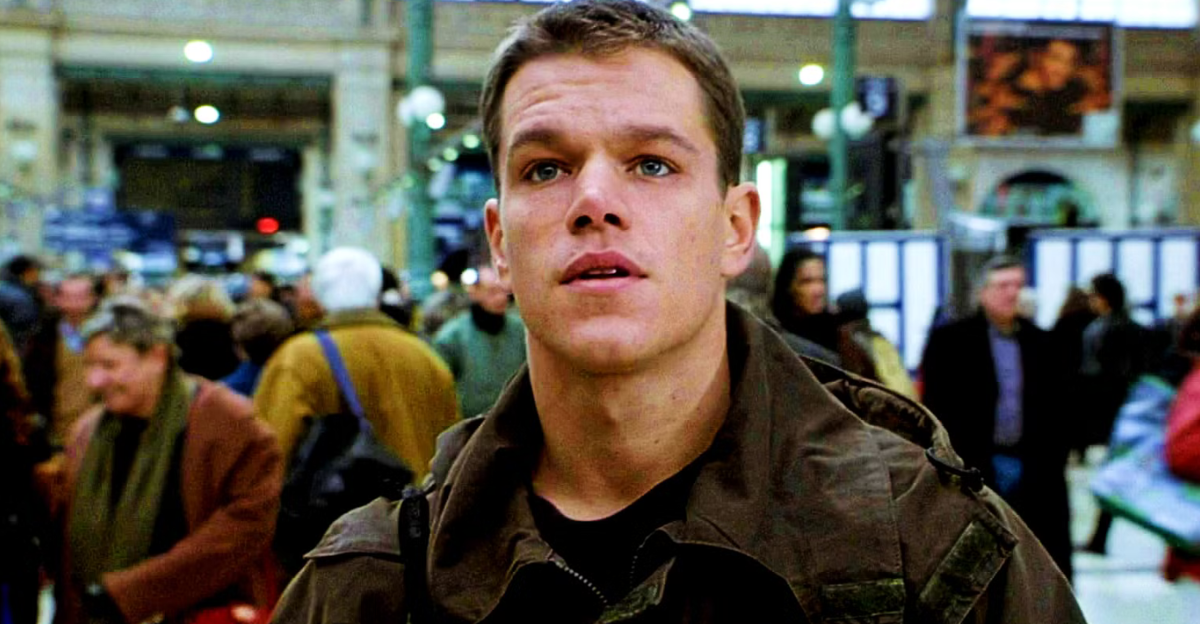
The Wizard Of Oz
Behind the scenes, The Wizard of Oz was downright dangerous. Margaret Hamilton—who starred as the Wicked Witch of the West—was a victim of a stunt gone so wrong. She sustained terrible burns on her face and hand. Hamilton had to be rushed to the hospital, but she wasn't the only one.
The Tin Man's Woes
Buddy Ebsen was the first actor cast as the Tin Man, and there was pure aluminum in his makeup. Unfortunately the pure aluminum he inhaled led to a near-fatal disaster. One night, he began struggling to breathe. To recover, he had to spend two weeks in an oxygen tent.
Toy Story 2
Toy Story 2 was almost lost forever. You see, one of the animators made a mistake, pressing a command that erased about 90% of the film. It shouldn't have been a problem because there were backups—but in a horrifying twist, the backup system malfunctioned.
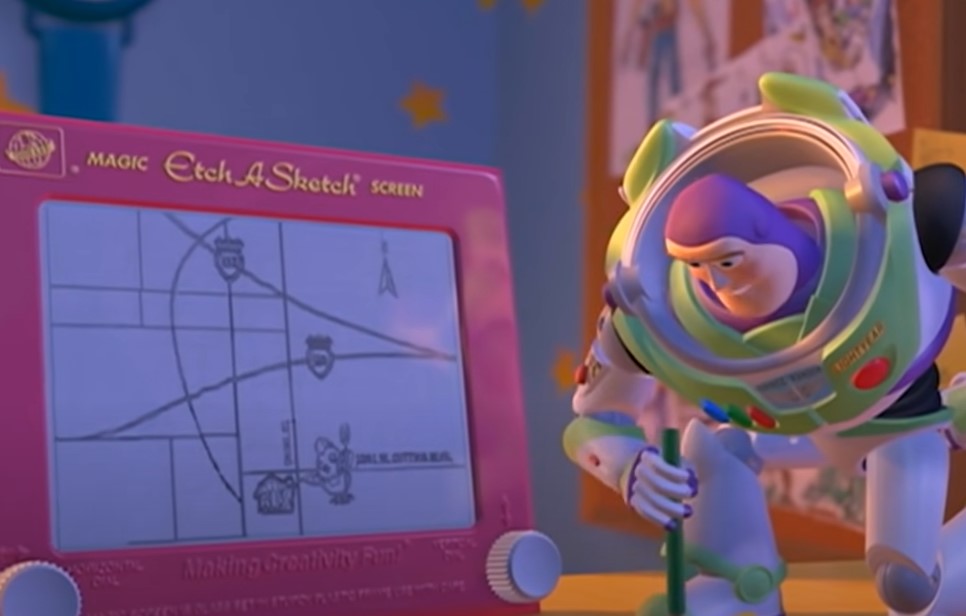 Walt Disney, Toy Story 2 (1999)
Walt Disney, Toy Story 2 (1999)
To Infinity And Beyond
If not for one saving grace, Toy Story 2 would have had to be remade from scratch. The supervising technical director, Galyn Susman, had all the files because she'd been working from home. Using Susman's files, the crew managed to piece the movie back together.
Predator
Everything that could go wrong on the set of Predator (1987) did. The chaos began with the monster itself—a rubbery “lizard man with a duck head” that looked more like a bad Halloween costume than an alien hunter. Production ground to a halt for weeks while the crew scrambled to build something scarier—and trust us, the behind-the-scenes drama was just getting started.
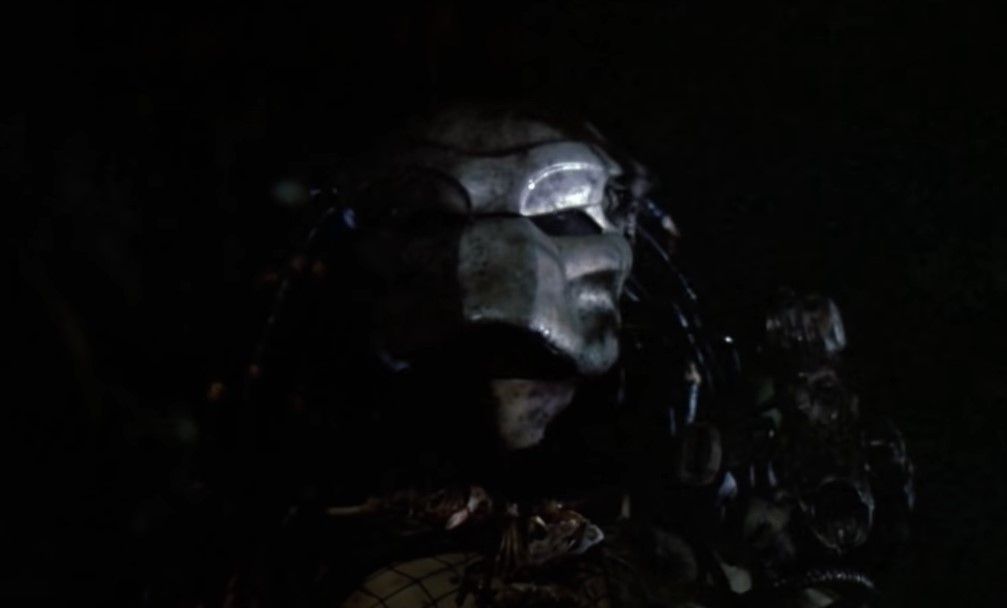 Twentieth Century, Predator (1987)
Twentieth Century, Predator (1987)
Suffering In The Jungle
The cast had to face the jungle's extreme conditions while performing rigorous training drills. As well, due to contaminated water and food, many members of the crew got sick.
Even Arnold Schwarzenegger ate some street food that made him so ill—he had to wear an IV bottle while filming.
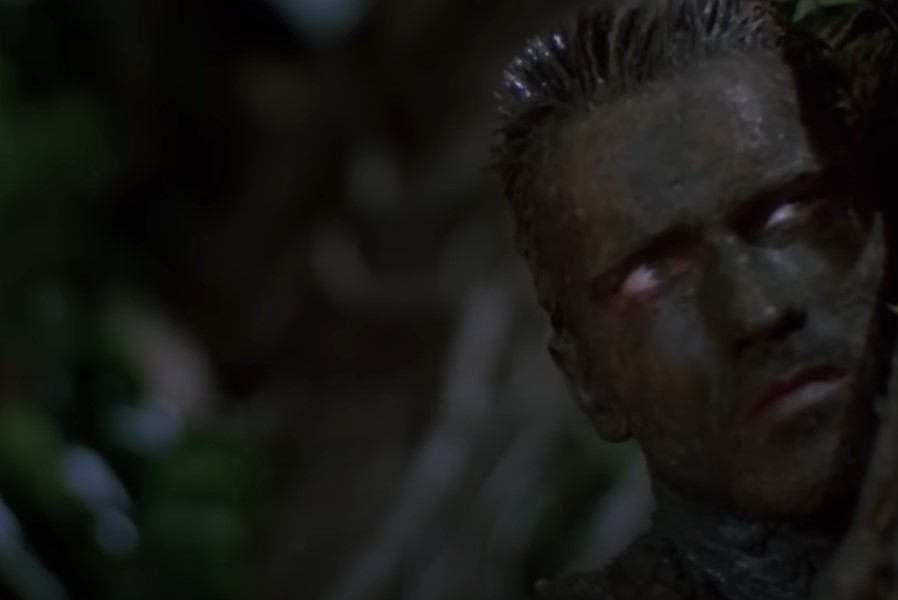 Twentieth Century, Predator (1987)
Twentieth Century, Predator (1987)
Apocalypse Now
Apocalypse Now was such a disaster, the production inspired the documentary Hearts of Darkness: A Filmmaker's Apocalypse.
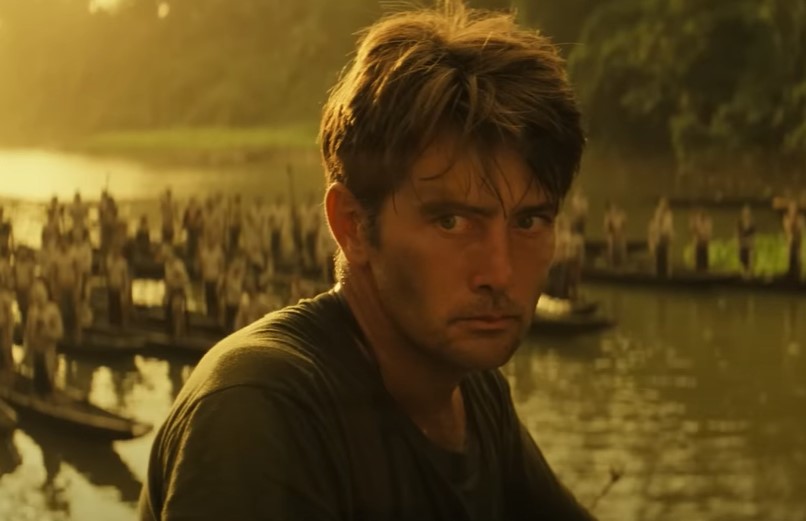 Zoetrope, Apocalypse Now (1979)
Zoetrope, Apocalypse Now (1979)
The Problem With Brando
Marlon Brando may be considered one of history's best actors—but when it came to Apocalypse Now, he was dreadfully unprepared. Not only did he not known his lines, but he was also overweight.
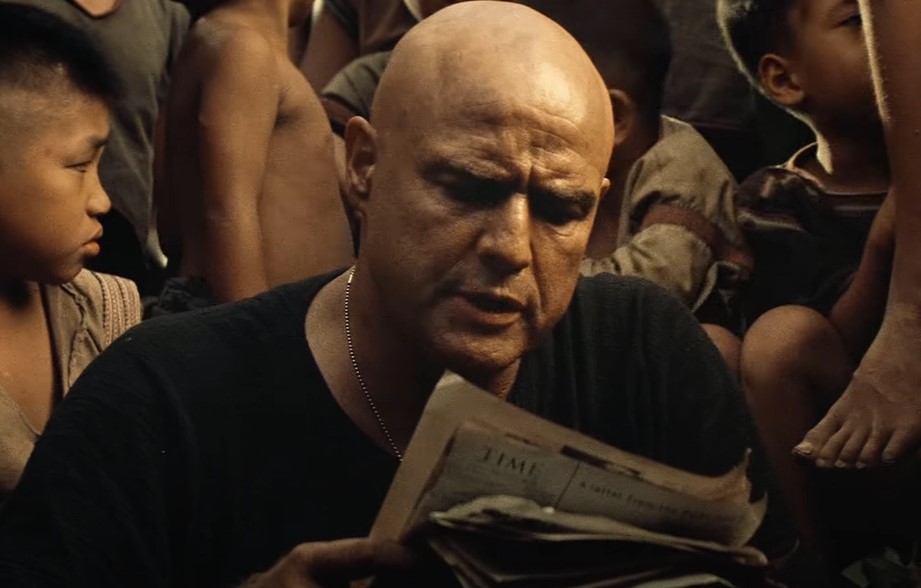 Zoetrope, Apocalypse Now (1979)
Zoetrope, Apocalypse Now (1979)
Halting Production
Everything was put on hold for nine days so that Coppola could work with Brando, reading the script out loud to him. But he wasn't the only struggling actor on set.
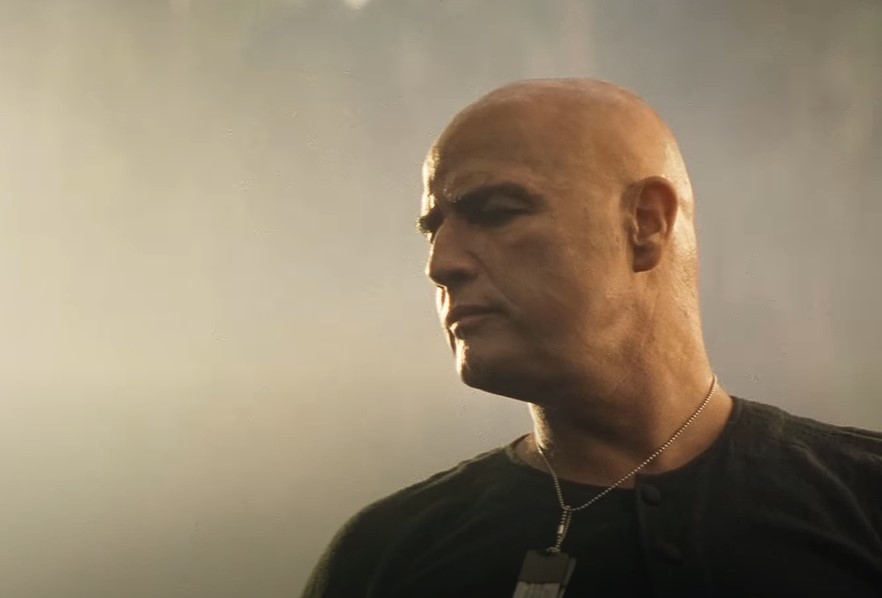 Zoetrope, Apocalypse Now (1979)
Zoetrope, Apocalypse Now (1979)
An Actor On The Edge
Battling crippling mental health struggles, Martin Sheen later revealed that he’d contemplated ending his life on three separate occasions. As if that weren’t enough, the actor also endured a devastating heart attack and a full-blown nervous breakdown—turning his Hollywood dream into a haunting personal nightmare.
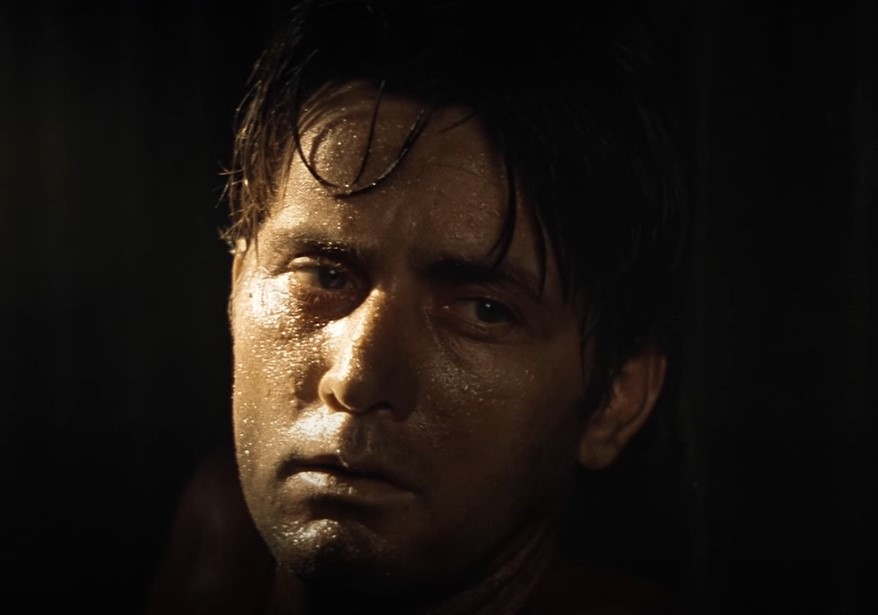 Zoetrope, Apocalypse Now (1979)
Zoetrope, Apocalypse Now (1979)
He Risked It All
The director of Apocalypse Now, Francis Ford Coppola used millions of his own money to back the film. His mounting stress led to an epileptic seizure. He later confessed, "We had access to too much money and little by little we went insane".
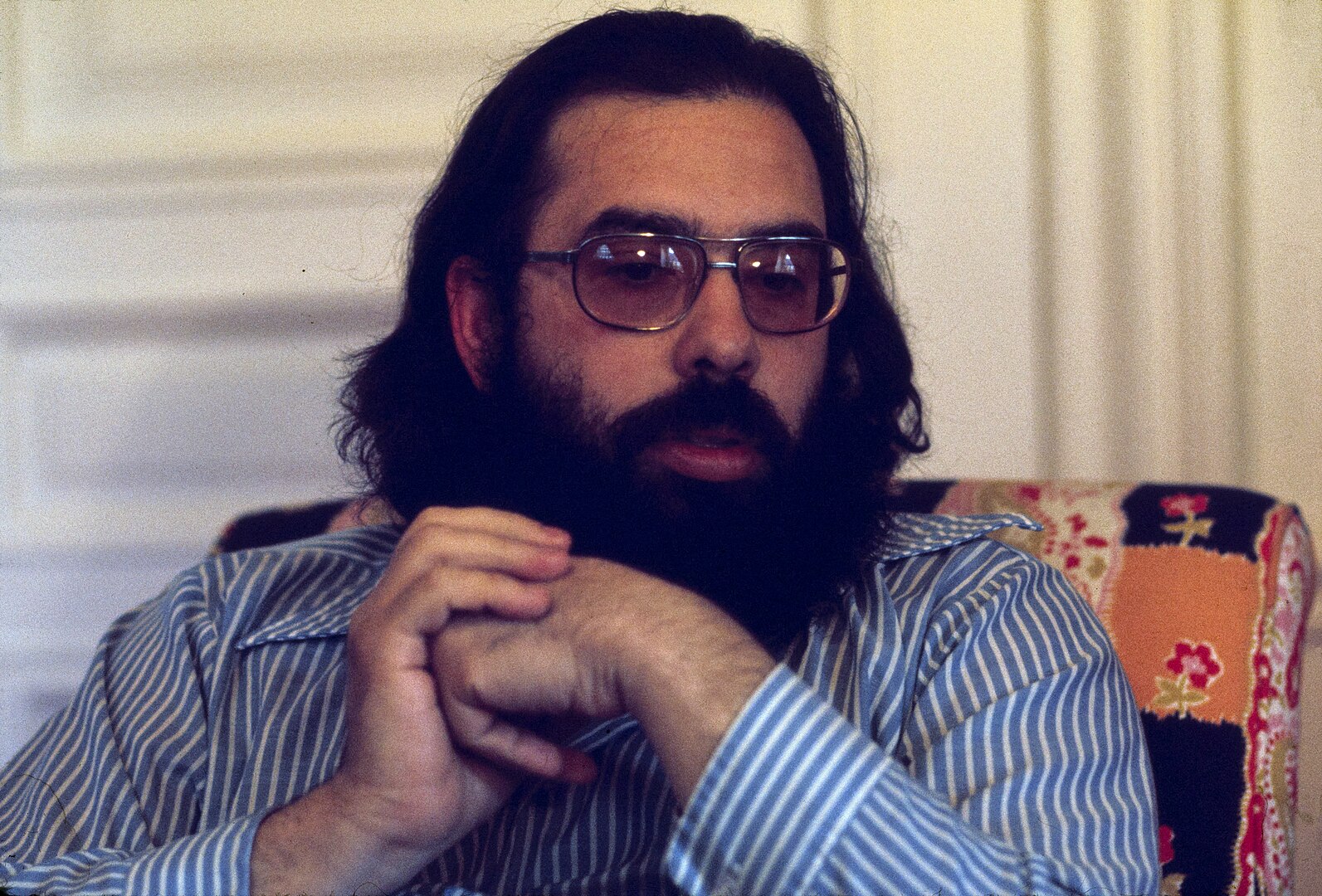 Bernard Gotfryd, Wikimedia Commons
Bernard Gotfryd, Wikimedia Commons
Deliverance
During the filming of 1972's Deliverance, director John Boorman put his actors in serious danger because he wanted the scenes to look as authentic as possible. Instead of using stuntment, the actors faced the perilous rapids themselves.
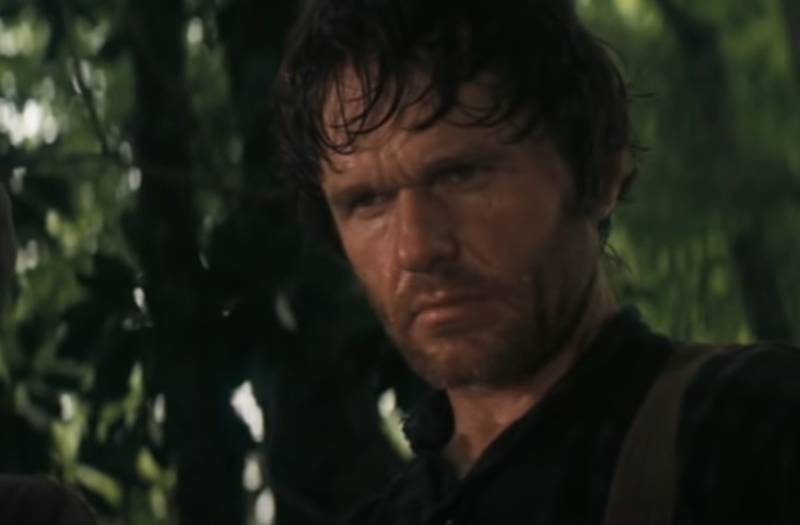 Warner Bros., Deliverance (1972)
Warner Bros., Deliverance (1972)
Real Danger
Actor Burt Reynolds claimed that John Boorman filmed Deliverance in chronological order for a reason. The director supposedly said, "If one of you drowns, I can write that into the script".
Nobody drowned, but there were some terrible injuries.
 Warner Bros., Deliverance (1972)
Warner Bros., Deliverance (1972)
No Escape
The actors in Deliverance had a miserable time. Burt Reynolds injured his tailbone on a rock, Ned Beatty got trapped in a current, Jon Voight almost tumbled off a cliff, and Ronny Cox got thrown out of his canoe and had to be saved.
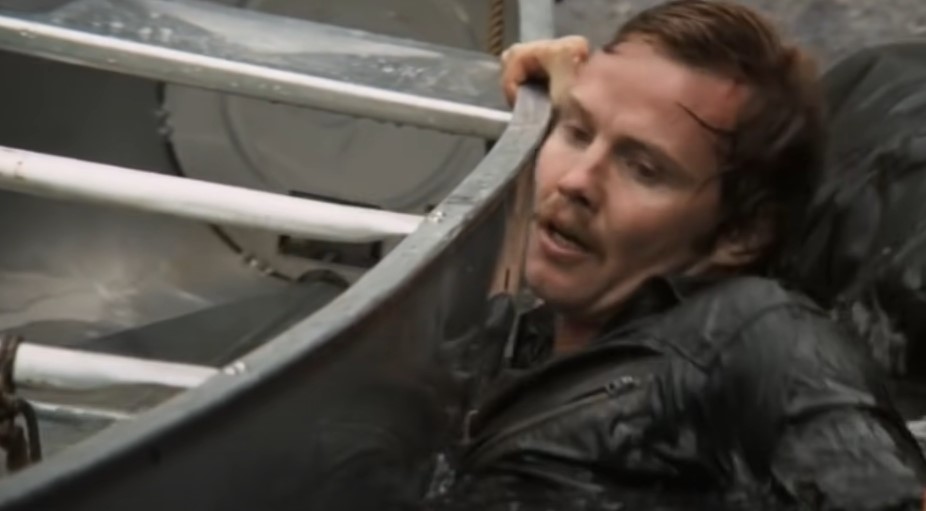 Warner Bros., Deliverance (1972)
Warner Bros., Deliverance (1972)
The Abyss
James Cameron has a reputation for being "the scariest man in Hollywood"—and 1989's The Abyss might explain why. Nearly the entire film took place underwater, and some have even referred to it as "the toughest movie shoot in movie history".
No Stuntmen Allowed
For The Abyss, the cast didn’t just act brave—they had to be. Each actor got scuba-certified and performed their own perilous underwater stunts. But the realism came at a cost: spending up to 12 hours a day submerged pushed them to their limits, resulting in some genuinely terrifying—and nearly catastrophic—moments beneath the surface.
 Twentieth Century, The Abyss (1989)
Twentieth Century, The Abyss (1989)
A Nasty Turn Of Events
During filming, both Ed Harris and James Cameron almost drowned, while Mary Elizabeth Mastrantonio completely broke down. As well, the working conditions got downright nasty.
Sometimes the dives were so deep—the actors had no choice but to use their wetsuits as toilets.
 Twentieth Century, The Abyss (1989)
Twentieth Century, The Abyss (1989)
A Different Title
The six months spent working on The Abyss was such a nightmare for the crew that they began giving it alternative titles, like Life's Abyss and Then You Dive.
 Twentieth Century, The Abyss (1989)
Twentieth Century, The Abyss (1989)
Monty Python And The Holy Grail
Monty Python and the Holy Grail may be a romp, but this low-budget comedy was a terrible experience for everyone involved. Due to Scotland's dismal weather, the actors were soaked and cold for most of the time—and John Cleese called it a "miserable, miserable time!"
Even the first day of production was a bad omen.
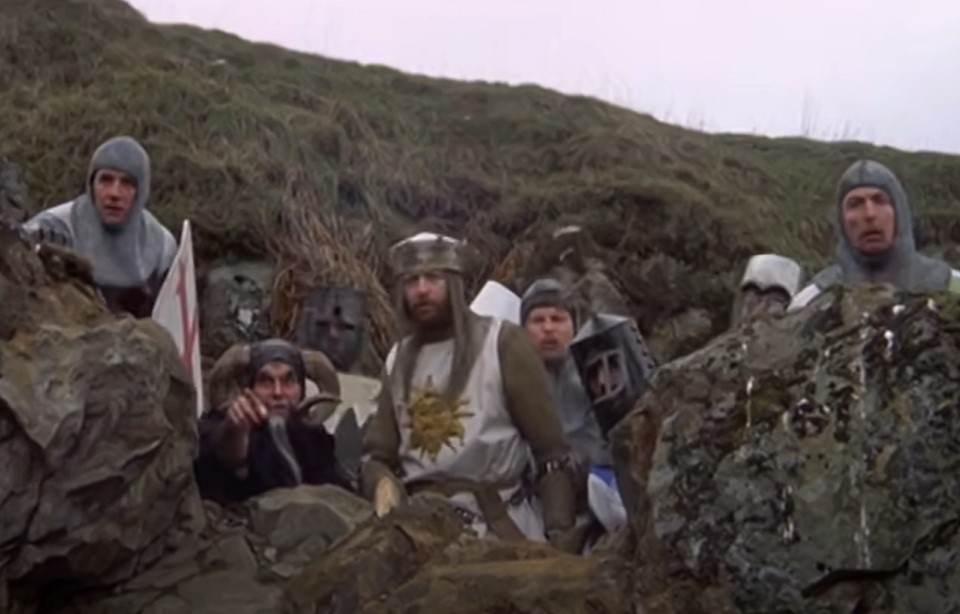 Python (Monty) Pictures, Monty Python and the Holy Grail (1975)
Python (Monty) Pictures, Monty Python and the Holy Grail (1975)
Off To A Bad Start
Terry Jones and Terry Gilliam were first-time directors on Monty Python and the Holy Grail. While trying to get the very first shot, their camera broke. Though they managed to wrangle up a second one, they didn't have any sound for their first day.
 Python (Monty) Pictures, Monty Python and the Holy Grail (1975)
Python (Monty) Pictures, Monty Python and the Holy Grail (1975)
Rogue One: A Star Wars Story
As the standalone prequel to the original Star Wars saga, Rogue One turned out to be a massive headache for Disney. When executives saw the first cut, they were far from impressed—and in true Hollywood fashion, they scrapped much of it and ordered extensive reshoots, rewriting huge chunks of the story in a desperate bid to save the film.
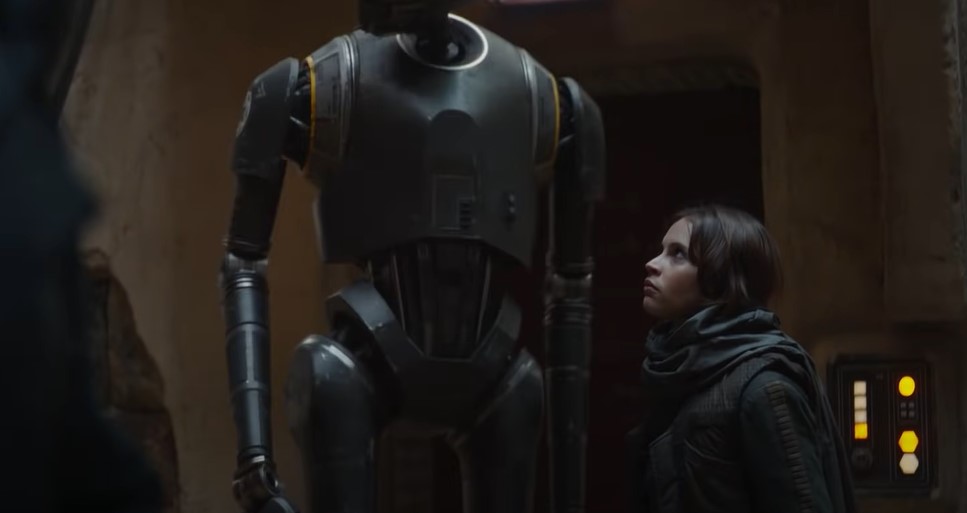 Lucasfilm, Rogue One: A Star Wars Story (2016)
Lucasfilm, Rogue One: A Star Wars Story (2016)
A Different Ending
Disney hired Tony Gilroy to rework Rogue One's script. It took months for the crew to reshoot scenes with brand new dialogue. According to rumors, this changed about 40% of the original material—especially the ending.
The Crow
The Crow might be considered one of the most cursed productions in movie history. It could have been the foundation for Brandon Lee's promising career—but instead, it ended in tragedy.
Gone Too Soon
During filming, a prop revolver accidentally ended Bruce Lee's life, which was determined as "negligence on the part of the film's crew, not foul play". But that wasn't all.
Mistakes Galore
In addition to Lee's sad end, a stuntman sustained injuries from a terrible fall and a screwdriver went through a carpenter's hand. The abysmal weather conditions also led to delays, and on one occasion, a crane interfered with a live power line.
He Didn't Finish His Scenes
After Lee's passing, Paramount gave up on The Crow. Luckily, Miramax decided to take the project on. Lee had already filmed most of his scenes, so the studio just had to fill in the blanks with computer effects.
Three Kings
On the set of 1999's Three Kings, director David O Russell and George Clooney had a bitter rivalry. Clooney claimed that Russell often berated the crew members: "He yelled and screamed at people all day, from day one".
 Warner Bros., Three Kings (1999)
Warner Bros., Three Kings (1999)
Clooney's Worst Experience
Though Russell does have a reputation for being a difficult director, his intimidation tactics on the set of Three Kings made Clooney see red. According to Clooney, their working relationship even got physical at one point.
The actor later called it, "the worst experience of my life".
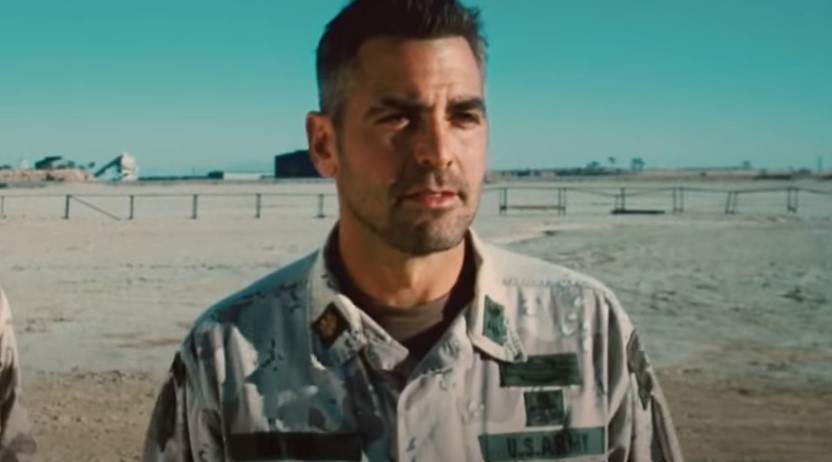 Warner Bros., Three Kings (1999)
Warner Bros., Three Kings (1999)
Titanic
James Cameron’s The Abyss might’ve been a grueling ordeal, but it didn’t soften him one bit. When he set sail with Titanic, the chaos only grew—along with the budget. What started as a $100 million production ballooned past $200 million, leaving the cast and crew exhausted, freezing, and questioning whether the ship—or their sanity—would ever stay afloat.
So Much Work
With a massive budget behind him, Cameron didn't hold back. He had a set that stretched six acres, built a replica of the original Titanic, as well as a water tank that could hold 17 million gallons of water.
On top of that, the filming conditions were horrendous.
Chilled To The Bone
The lengthy amount of time the actors had to spent submerged in frigid water took its toll. Many crew member ended up coming down with the flu. But it was Cameron's wild temper that made things even more difficult.
Too Much Rage
Kate Winslet, who played the lead character Rose, later confessed, "You would have to pay me a lot of money to work with Jim again. If anything was the slightest bit wrong, he would totally lose it. It was hard to concentrate when he was shouting and screaming".
The African Queen
Back in 1951, Hollywood productions usually didn't travel to distant filming locations like the Congo or Uganda. However, this was not the case for John Huston's The African Queen. Unfortunately, the entire experience was a downright horror story.
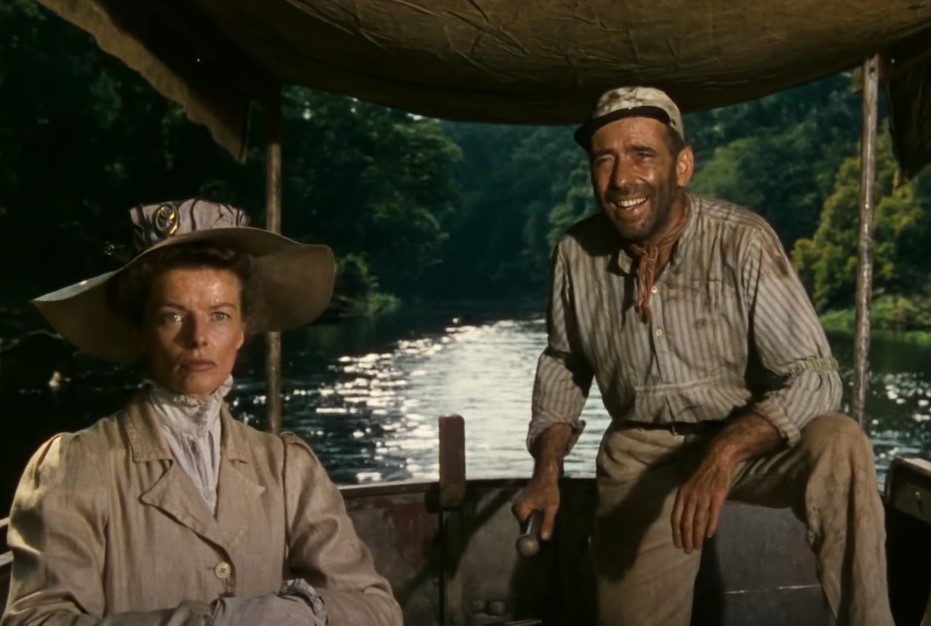 Romulus Films, The African Queen (1951)
Romulus Films, The African Queen (1951)
Everyone Was Sick
Nearly everyone on set was struck down by dysentery or malaria during filming, turning the production into a full-blown medical nightmare. Contaminated drinking water was the main culprit, and the constant bouts of illness forced multiple shutdowns. But as miserable as things got, the cast soon realized that the sickness was only the beginning of their troubles.
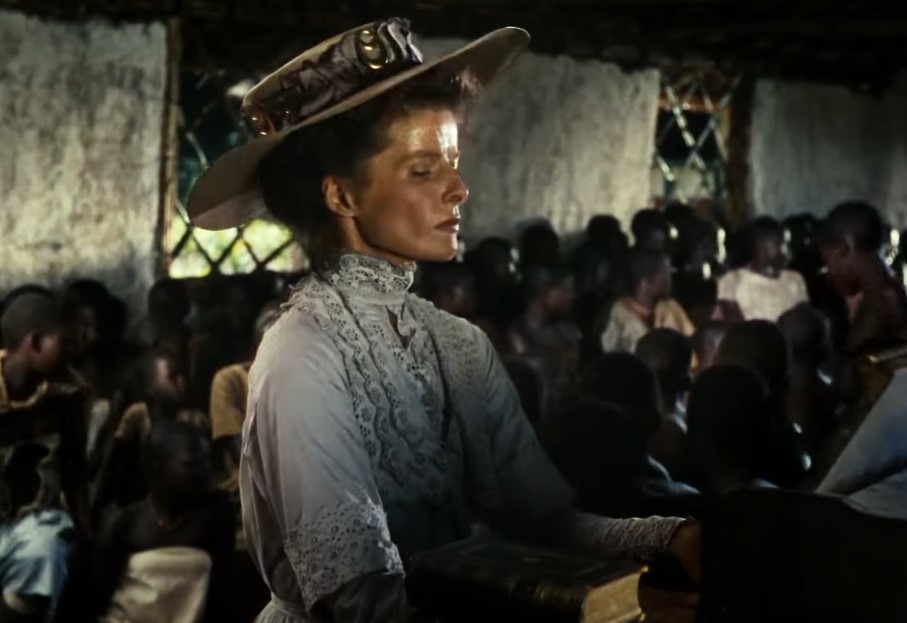 Romulus Films, The African Queen (1951)
Romulus Films, The African Queen (1951)
The Locals Didn't Trust Them
Director John Huston later confessed that he'd tried to involve the locals—but they were reportedly terrified of the film crew because they believed they might be cannibals.
However, it was the actress Katharine Hepburn who summed up the experience best.
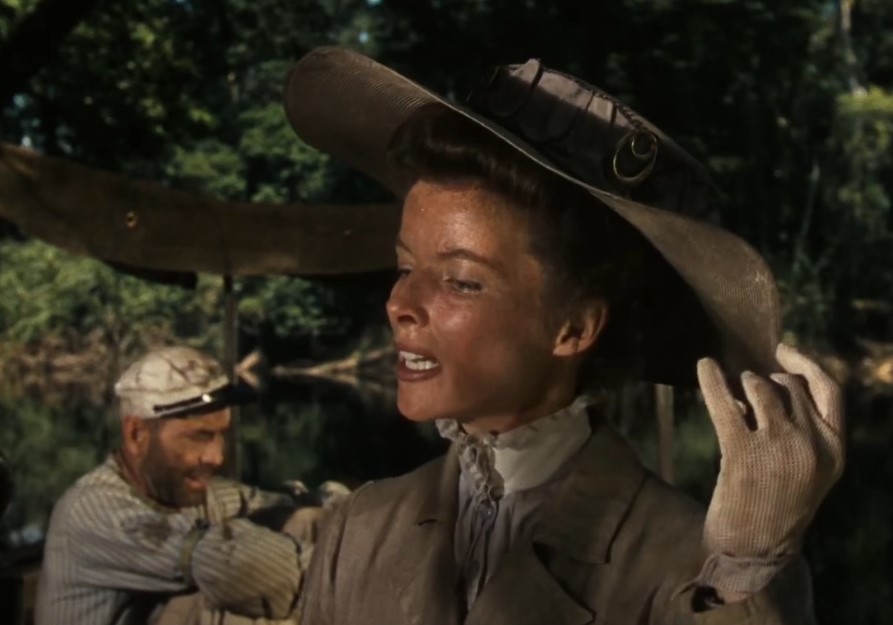 Romulus Films, The African Queen (1951)
Romulus Films, The African Queen (1951)
Hepburn Never Forgot It
The African Queen certainly left an impression on Katharine Hepburn, because she wrote a memoir about the whole fiasco: The Making of the African Queen: Or, How I Went to Africa with Bogart, Bacall and Huston and Almost Lost My Mind.
 Romulus Films, The African Queen (1951)
Romulus Films, The African Queen (1951)
Sorcerer
Director William Friedkin called the production of 1977's Sorcerer "life-threatening" and "irresponsible". Due to the lack of CGI at the time, so many of the scenes required rigorous work. It didn't help that that filming took place in the heart of the South American jungle.
The Dangers Of Disease
Filming in the jungle for 10 months was a hazard to the cast and crew's health. Not only did Friedkin get malaria, but a whopping 50 members of his team fell ill with a number of diseases and even gangrene. So many of them had to be replaced.
A Hard Learning Experience
Down the road, director William Friedkin admitted, "The conditions were literally horrible, but to me it was an adventure and an education. I had kind of a sleepwalker's security that I could pull it off. I would never attempt anything like that today. No way. I was too dumb to realize how dangerous it was".
 GuillemMedina, CC BY-SA 4.0, Wikimedia Commons
GuillemMedina, CC BY-SA 4.0, Wikimedia Commons
The Emperor's New Groove
The Emperor’s New Groove wasn’t always the zany comedy fans know today. It began as Kingdom of the Sun—a sweeping Disney musical complete with epic songs by Sting. But behind the scenes, creative clashes, delays, and a rapidly ballooning budget forced Disney to scrap the grand vision entirely.
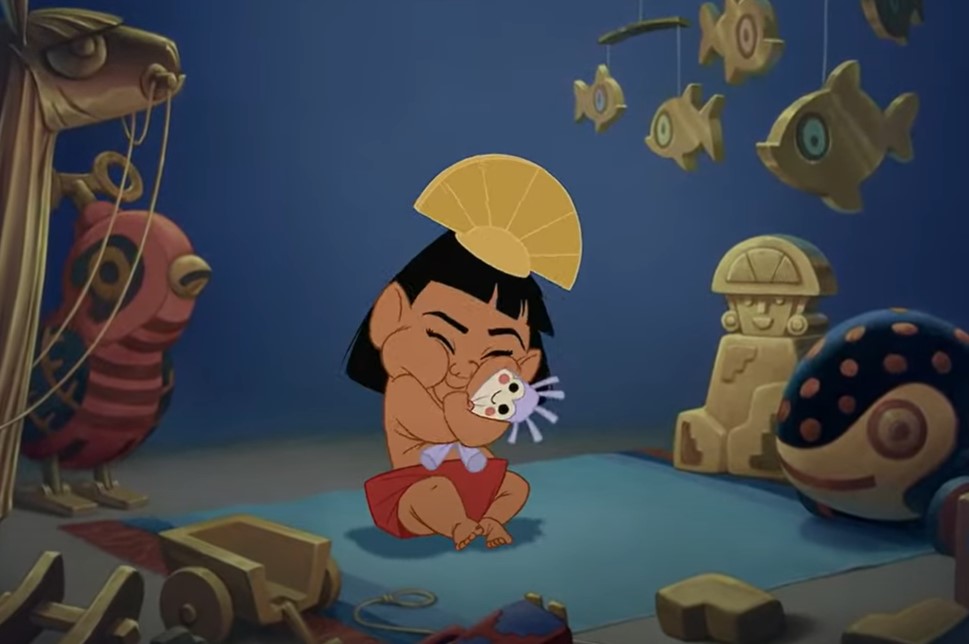 Walt Disney, The Emperor's New Groove (2000)
Walt Disney, The Emperor's New Groove (2000)
To Sing Or Not To Sing
Unfortunately, during the mid-90s, animated musicals weren't doing so so hot—and so, the Emperor's New Groove got pushed to the side. So many of the original cast lost their jobs.
When the film finally came out in 2000, most of Sting's musical stylings had been cut.
 Walt Disney, The Emperor's New Groove (2000)
Walt Disney, The Emperor's New Groove (2000)
Creative Differences
Two years after the release of The Emperor's New Groove, Sting's wife made an eye-opening documentary called The Sweatbox. It illustrated the all of the turmoil behind the scenes—and the creative differences that transformed the trajectory of the movie.
 GabboT, CC BY-SA 2.0, Wikimedia Commons
GabboT, CC BY-SA 2.0, Wikimedia Commons
The Bourne Identity
The Bourne Identity might be one of the most successful franchises in Hollywood—but getting it off the ground was a nightmare. Firstly, there was the director.
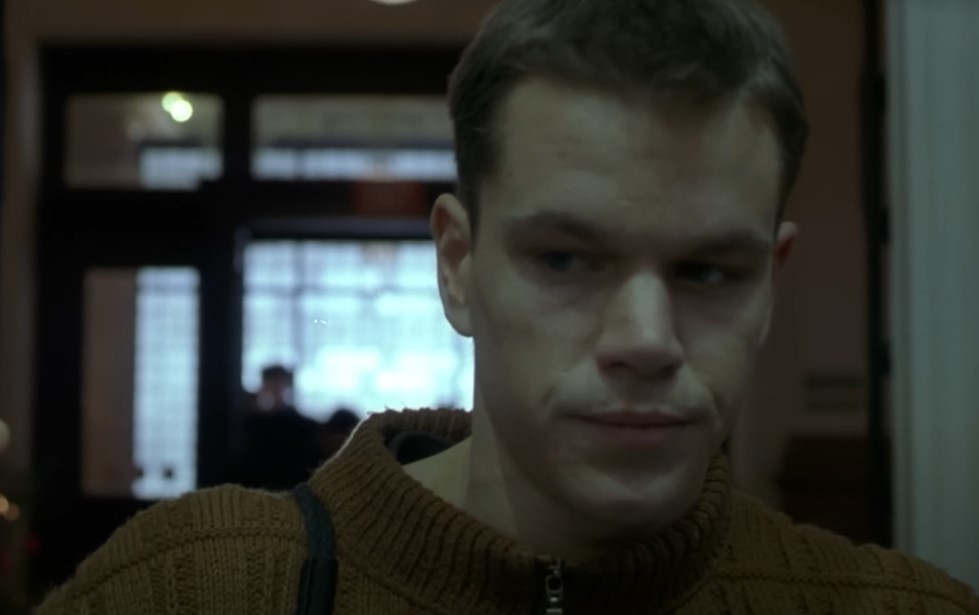 Universal, The Bourne Identity (2002)
Universal, The Bourne Identity (2002)
A Flawed Script
Director Doug Liman reportedly feuded with almost everyone—and he and the screenplay writer Tony Gilroy were at each other's throats throughout the process. Liman went so far as to hire a new writer, William Blake Herron, to start the script from scratch. But this only caused more trouble.
An Angry Actor
Matt Damon was furious over the last-minute script rewrites—so much so that he nearly quit the project altogether. He reportedly hated the new direction and wanted nothing to do with it. But in a twist worthy of Hollywood irony, the film’s troubled rewrite ended up delivering a surprising silver lining.
 Universal, The Bourne Identity (2002)
Universal, The Bourne Identity (2002)
Feuding Directors
Universal Studios stepped in and brought Frank Marshall on board. Reportedly, Marshall took command of most of the filming, clashing with Liman at every turn.
In the end, The Bourne Identity exceeded its budget. It also came out a year late after requiring four series of reshoots.
Frank Marshall Saved The Day
Years later, in 2018, Matt Damon praised Frank Marshall's work: "Had it not been for Frank, we never would have had a franchise. It would have been just one and done. Instead, it became a 15-year project for all of us".


